Introduction:
The month of December is the last month of every year. The month is filled with a lot of festivities, joy, and enthusiasm, so much so that the month is also known as the “World of Holidays.” Festivals such as Christmas, Kwanzaa, Las Posadas, Festivus, Omisaka, and so many more are celebrated by people all over the world and while some of these festivals have traditional roots, some do not. Here we can list out the December Global Holidays 2022.
Listed below are some of the well-known December Global Holidays that are celebrated around the world in various countries.
| Date | December Global Holidays | Importance | Countries Who Celebrate |
| 5 December 2022 | Krampusnacht | Also known as “Krampus Night,” it is celebrated by adults who wish to punish the children who misbehave | Austria |
| 06 December 2022 | St. Nicholas Day | Also called the “Feast of Saint Nicholas,” it is celebrated on the anniversary of his death | Europian countries |
| 8 December 2022 | Feast of the Immaculate Conception | Also known as “The Solemnity of the Immaculate Conception,” it celebrates the Immaculate Conception of the Virgin Mary | America, Argentina, Brazil, Italy, Korea, Nicaragua, Paraguay, the Philippines, Spain, and Uruguay |
| 18 to 26 December 2022 | Hanukkah | Also known as the “Festival of Lights,” it celebrates the rededication of the Second Temple of Jerusalem for eight days | Jewish People |
| 13 December 2022 | St. Lucia Day | Also known as the “Festival of Lights,” it is celebrated in honor of St. Lucia or St. Lucy | Sweden, Norway, and the Swedish-speaking areas of Finland |
| 16 to 24 December 2022 | Las Posadas | It celebrates the journey taken by Joseph and Mary to Bethlehem from Nazareth, looking for a safe haven so that Mary could give birth to the baby Jesus | Latin America, Mexico, Guatemala, Honduras, Cuba, and Hispanics in the United States |
| 21 December 2022 | Winter Solstice | Also called the “hibernal solstice,” it occurs when the Sun shines the farthest from Earth, marking the beginning of winter | All around the globe |
| 23 December 2022 | Festivus | It is a fictional holiday that was created as an alternative to Christmas to get away from its pressures | America |
| 25 December 2022 | Christmas | Also known as Noël, Nativity, and Xmas, it celebrates the birth of baby Jesus | All around the globe |
| 26 to 01 January 2022 | Kwanzaa | It celebrates the African heritage, unity, and culture | Africa |
| 31 December 2022 | Omisaka | Also known as ōtsugomori, it celebrates the last day of the year | Japan |
| 31 December 2022 | New Year’s Eve | Also known as Old Year’s Day or Saint Sylvester’s Day, it celebrates the last day of the year | All around the globe |
Details of December’s Global Holidays:
Krampusnacht Day:
Also known as Krampus Night, is observed on 5 December. Krampus is a legend of a half-goat and a half-demon monster who is said to punish the children that misbehave. He keeps the company of St. Nicholas. While St. Nicholas rewards the children who have been nice by giving them presents for their good behavior, Krampus punishes the ones who have not by beating them with sticks or branches.

St. Nicholas Day:
Also called the “Feast of Saint Nicholas,” it is celebrated on the anniversary of his death which is on 6 December. However, certain countries celebrate this day on 5 December. St. Nicholas, the 4th-century bishop of Myra, is the patron saint of Russia and Greece. He is well-known for his kindness and generosity.

Feast of the Immaculate Conception Day:
Also known as “The Solemnity of the Immaculate Conception,” it is celebrated on 8 December (Roman Rite) and on 9 December (Byzantine Rite). People celebrate the Immaculate Conception of the Virgin Mary and embrace the virtuous and sinless life of Mary.
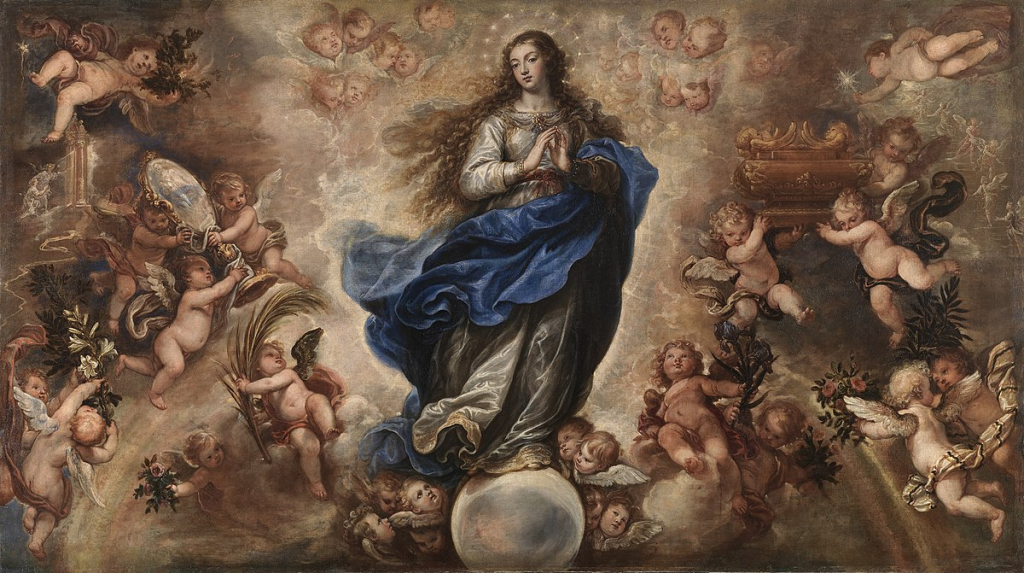
Hanukkah Day:
Also known as the “Festival of Lights,” it is celebrated for eight days beginning from 18 December to 26 December. Hanukkah celebrates the rededication of the Second Temple of Jerusalem, by lighting candles each day.
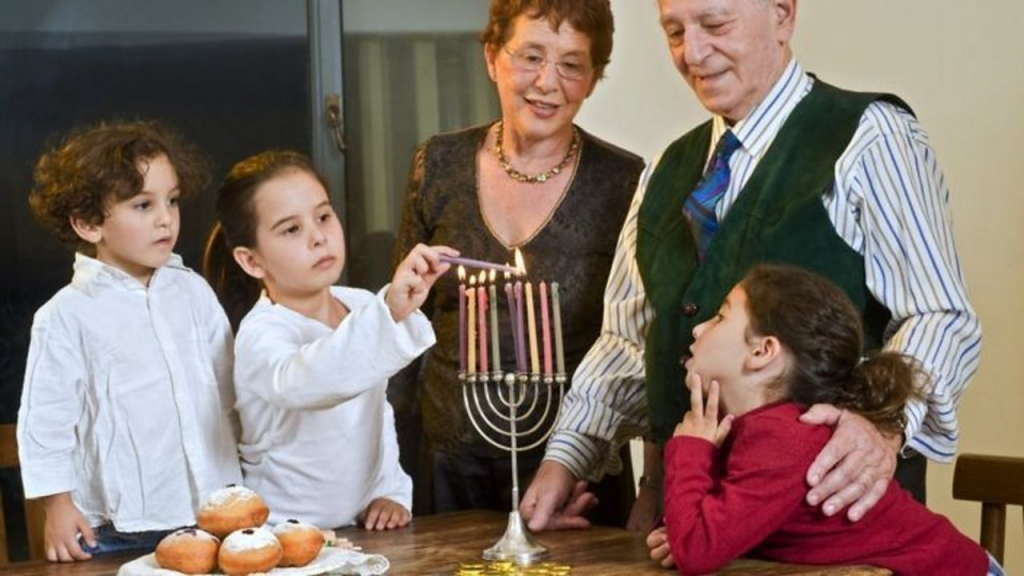
St. Lucia Day:
Also known as the “Festival of Lights,” it is celebrated in honor of St. Lucia or St. Lucy on 13 December. Lucia of Syracuse was a martyr, who wore a wreath of candles around her head and brought food for the Christians who were hiding in Roman catacombs. The eldest daughter in the family dresses in white and wears a wreath around her head while she serves coffee, saffron bread (lussekatter), and ginger biscuits to the rest of the family.

Las Posadas Day:
Las Posadas is celebrated from 16 December to 24 December. It celebrates the journey taken by Joseph and Mary to Bethlehem from Nazareth, looking for a safe haven so that Mary could give birth to the baby Jesus. Food like tamales, buñuelos, atole and café de olla is served.

Winter Solstice Day:
Also called the “hibernal solstice,” it is observed on 21 December. The Winter Solstice occurs when the Sun shines the farthest from Earth, marking the beginning of winter. It is said to be the longest night of the year and the day is spent with the family or loved ones by partying, singing, and dancing.
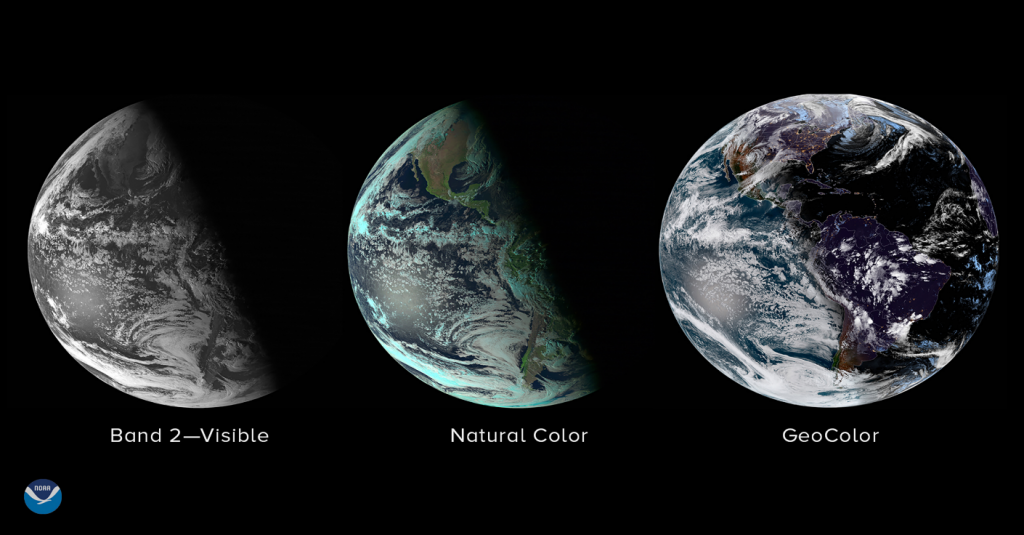
Festivus Day:
Also known as the Festival of Fights, it is a fictional holiday that is observed on 23 December. Festivus was brought into life by the late author Daniel O’Keefe. Although, it was his son Dan O’Keefe, who made it popular by drawing attention to it in an episode of Seinfield in 1997. It was created as an alternative to Christmas to get away from its pressures.

Christmas Day:
Also known as Noël, Nativity, and Xmas, it celebrates the birth of baby Jesus on 25 December. People dress up and attend mass on 24 December night and then have a feast or party the night away with their loved ones. Christmas sweets such as cakes, marzipan, chocolates, and many other dishes are made at home and distributed to relatives and friends.
The houses and streets are set alight with fairy lights and other Christmas decorations like wreaths, snowmen, cherries, pines, etc, and cribs are made depicting the birth of baby Jesus. A Christmas tree is decorated and it is also the day when Santa Claus is said to visit children on 24 December at midnight and leave presents behind for them to find on 25 December morning.

Kwanzaa Day:
Kwanzaa begins on the 26 December and comes to end on 1 January with Karamu, a communal feast. It celebrates the African heritage, unity, and culture and was created by the activist Maulana Karenga.

Omisak Day:
Also known as ōtsugomori, it is celebrated on 31 January in Japan. Omisaka marks the end of the year and people make preparations for the new year that will follow. Houses are cleaned, and traditional food is made to welcome Toshigami.
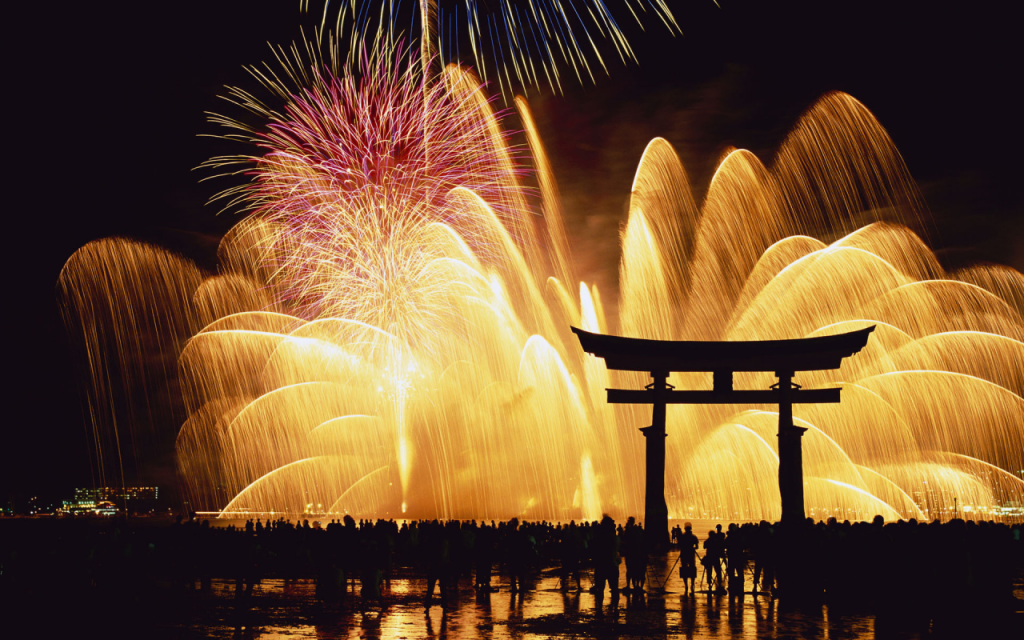
New Year’s Eve Day:
Also known as Old Year’s Day or Saint Sylvester’s Day, it is celebrated on 31 December. It is the last day of the year and people make preparations for the new year that will follow. Nostalgia lingers in the air as people get ready to say goodbye to the year. Some attend the New Year’s mass at midnight, attend social gatherings and party with their loved ones. Some host small intimate parties at home whereas others host huge parties.
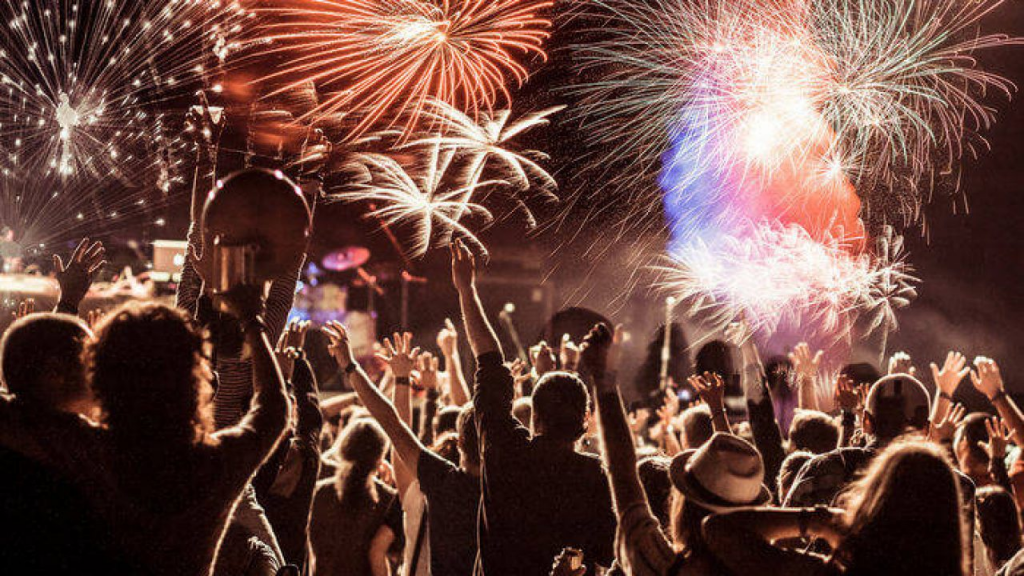
Frequently Asked Questions:
1. When is Christmas celebrated?
Also known as Noël, Nativity, and Xmas, it celebrates the birth of baby Jesus on 25 December.
2. What is celebrated on 31 December?
People all over the world celebrate New Year’s Eve while the Japanese celebrate Omisaka on 31 December.
3. Who is Krampus?
Krampus is a legend of a half-goat and a half-demon monster who is said to punish the children that misbehave. He keeps the company of St. Nicholas. While St. Nicholas rewards the children who have been nice by giving them presents for their good behavior, Krampus punishes the ones who have not by beating them with sticks or branches.
4. When is Kwanzaa celebrated?
Kwanzaa begins on the 26 December and comes to end on 1 January with Karamu, a communal feast
5. What is the Winter Solstice?
Also called the “hibernal solstice,” it is observed on 21 December. The Winter Solstice occurs when the Sun shines the farthest from Earth, marking the beginning of winter.
6. Why is December known as the “World of Holidays?”
The month of December is filled with a lot of festivities, joy, and enthusiasm, so much so that it is also known as the “World of Holidays.”
7. Where does Festivus originate from?
Also known as the Festival of Fights, it is a fictional holiday that is observed on 23 December. Festivus was brought into life by the late author Daniel O’Keefe. Although, it was his son Dan O’Keefe, who made it popular by drawing attention to it in an episode of Seinfield in 1997. It was created as an alternative to Christmas to get away from its pressures.
8. What is the significance of Las Posadas?
Celebrated from 16 December to 24 December, Las Posadas celebrates the journey taken by Joseph and Mary to Bethlehem from Nazareth, looking for a safe haven so that Mary could give birth to the baby Jesus.
9. How is St. Lucia Day celebrated?
On 13 December, the eldest daughter in the family dresses in white and wears a wreath around her head while she serves coffee, saffron bread (lussekatter), and ginger biscuits to the rest of the family.
10. Who is Saint Nicholas?
St. Nicholas, the 4th-century bishop of Myra, is the patron saint of Russia and Greece. He is well-known for his kindness and generosity.
Conclusion:
In December, as you know, everyone eagerly awaits the arrival of the New Year and Christmas. However, we’ve compiled a list of other international holidays in December that you’ll find below. These celebrations were rooted in a variety of religious and cultural traditions. Whatever the weather is like; everyone is having a good time during the holidays.



